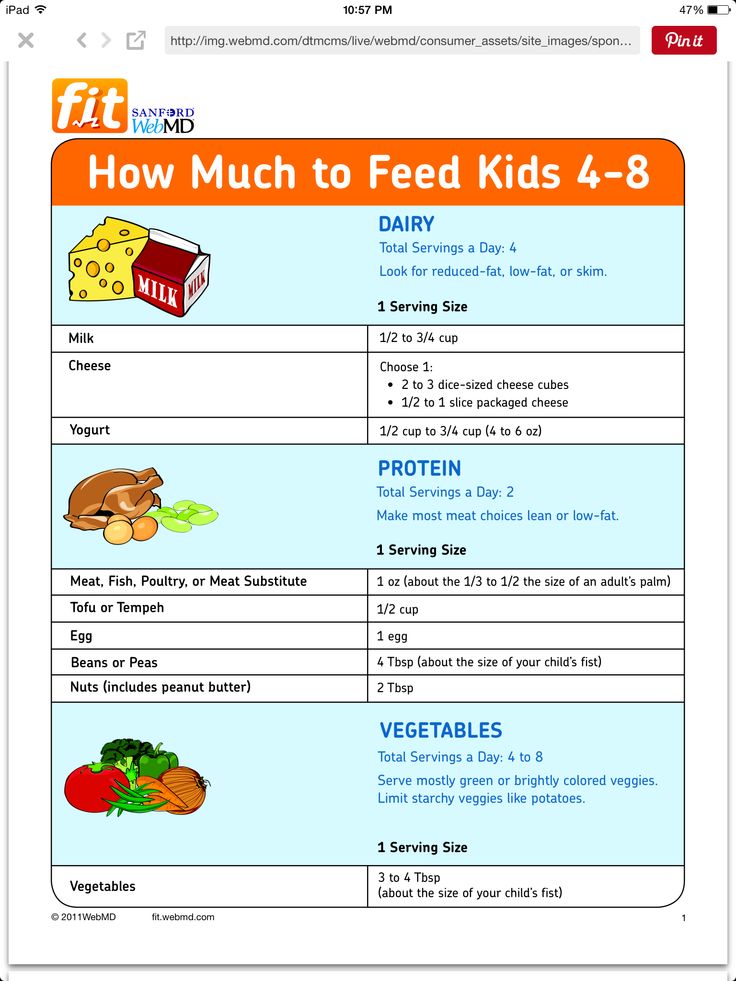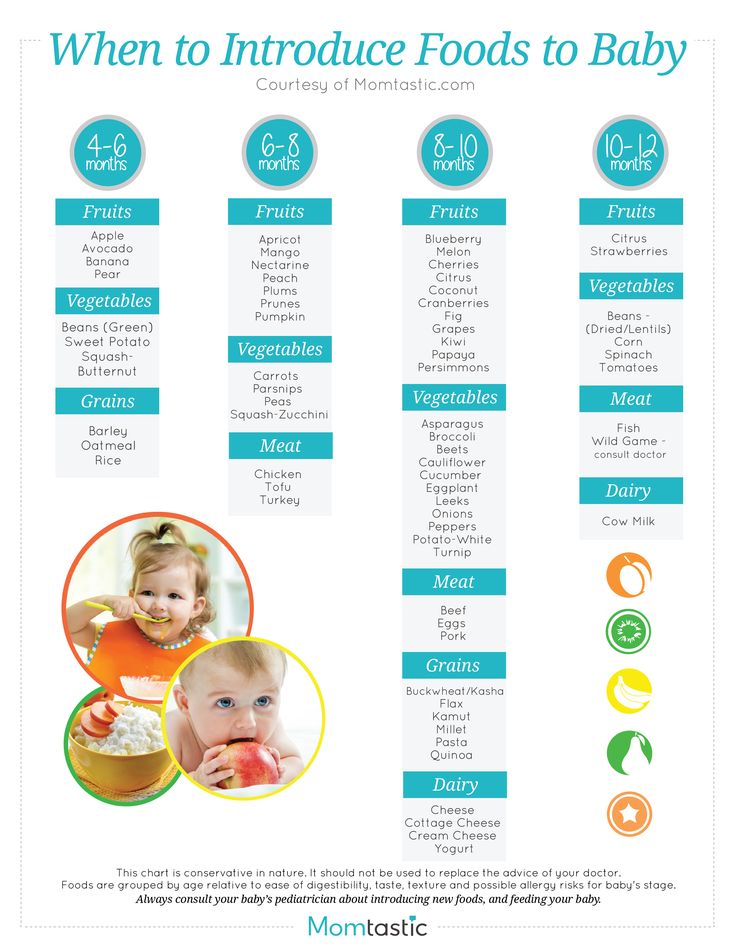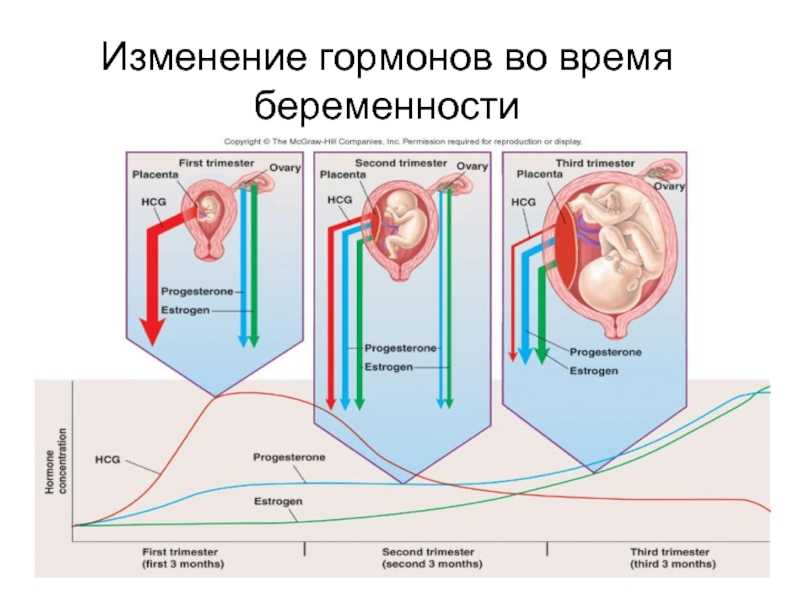How much would child support be for one kid
How much is child support?
If you’re preparing for divorce, you’re probably wondering – “How much is child support?”
If you’re preparing for divorce or merely curious, you want to understand how child support is calculated. You might be surprised by the amount deducted from your paycheck. You may also wonder what a reasonable cost is for monthly payments, and which parent spends the most.
We have answers to those questions here.
The court will consult the child support guidelines for their state to determine your child support obligation before making an official support order. Like any average, there are quite a few variables. Parents who are in a lower income bracket might not have enough gross income for paying child support, while others who are more well-off end up paying a higher monthly amount. Every state calculation takes into account your total monthly net resources.
Parent’s Pro-Rata Share
How much child support you pay also takes into account whether you are the non-custodial parent, how much income the other parent makes compared to you, and other factors such as whether you or the other parent will provide health insurance coverage for the children, and who will pay for educational expenses and other child care expenses.
The general rule is that the child support obligation is shared by both parents in proportion to their incomes, but there are a lot of other factors that go into how much each parent will actually pay.
Custodial Parent’s Income
In some cases, the custodial parent’s income can be imputed (or assumed) for child support purposes. This usually happens when the custodial parent is not working or is not working to their full potential. The court will look at factors like education and work history to determine how much gross income the custodial parent could be earning, and base child support on that amount.
Other Factors Affecting Child Support
There are other factors that might affect how much child support you pay, such as whether you have other children to support, whether you are paying spousal support (alimony), and your personal expenses. Some states also factor in the cost of living in each parent’s household when determining how much child support to award in a court order.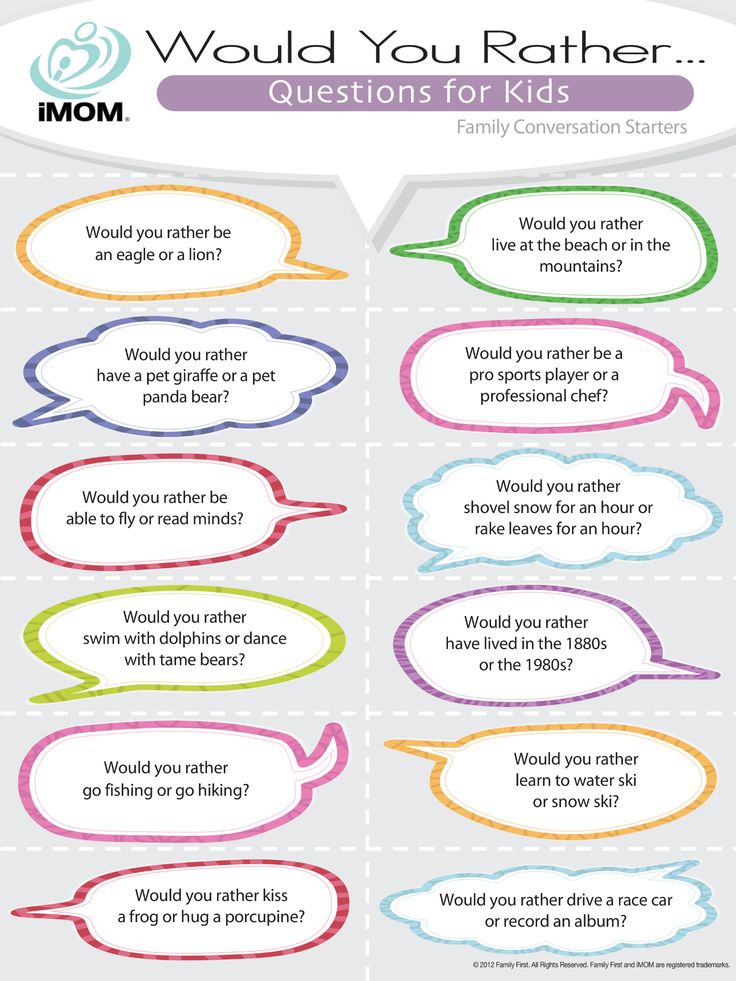
Example Child Support Calculation
In our example, the court starts by determining your “adjusted” gross income – this is your total income minus deductions for state taxes and business expenses – and multiplies it by the guideline percentage for the number of children involved.
For example: if your yearly salary is $15,000 and you have one child, you would be paying 17% of your income per year in child support–this comes out monthly to $212.50 or annually as $2,550.
Average Child Support Order
We have seen according to the 2010 Census Bureau Reports, the average monthly child support payment is $430. Again, this is just an average of the monthly amount of child support payments across the United States and should only be used as an estimate. Your situation is unique, and the amount the court determines will depend on your circumstances and financial resources.
To get a more accurate estimate of how much you might owe in child support, speak with an experienced family law attorney in your state. They will be familiar with how child support is calculated where you live and can help ensure you are paying (or receiving) the appropriate amount of support for your children.
They will be familiar with how child support is calculated where you live and can help ensure you are paying (or receiving) the appropriate amount of support for your children.
If you’re interested in an estimate of what your support payments should be, use our child support calculator.
And for more information on how you can better understand the child support laws and regulations in your state, visit our state resources section.
The Easiest Tennessee Child Support Calculator
How many children? i
Your number of overnights i
Your monthly pay i
Other parent's pay i
Child support = $0 monthly i
Not in Tennessee? Use your location's child support calculator.
Tennessee child support overview
Child support is meant to ensure both parents financially contribute to their child's care.
Tennessee uses a formula to give judges a guideline for how much child support to award. The formula assumes each parent should contribute to the child in proportion to their share of the combined parental income.
The formula assumes each parent should contribute to the child in proportion to their share of the combined parental income.
Parents can agree on an amount, and with the judge's approval, it becomes the support obligation. The court won't allow parents to waive child support and generally disapproves of any amount below the guideline.
Estimating parenting time could cost you thousands a year in child support. Let Custody X Change calculate your time.
Calculate My Parenting Time Now
The alternative residential parent (ARP), who spends less time with the child, typically pays support to the primary residential parent (PRP). If the PRP has a significantly higher income, they may owe the ARP support. In rare cases where parents have identical parenting time, child-rearing expenses and income, there will not be a support obligation.
Most commonly, child support is subtracted from the parent's paycheck, but it's also possible to pay support online.
Factors in the guideline child support formula
The court considers the factors below to determine child support. To get an estimate of your obligation, use a calculator from the Department of Human Services — either the Excel worksheet, iOS app or Windows program — or the calculator above.
To get an estimate of your obligation, use a calculator from the Department of Human Services — either the Excel worksheet, iOS app or Windows program — or the calculator above.
Number of eligible children
A parent can receive support on behalf of any minor children they have with the other parent in the case.
Generally, support payments cease when the child graduates from high school or when their high school class graduates, whichever comes later. If the child has a disability, payment may continue to age 21 (or longer if their condition is severe).
Parenting time
Parents receive credit for the number of days they spend with their child annually.
A "day" is more than 12 consecutive hours within a 24-hour period. (The 24-hour period does not have to be the same as a calendar day.) Shorter recurring visits that add up to more than 12 hours may count as a single day if parents agree or the court chooses.
You can calculate parenting time with the Custody X Change app or count manually.
To use the app, make sure your settings are set to "overnights" and "year." If you have visits that last less than 12 hours but span two days, temporarily delete them for the calculation. If you have visits that last over 12 hours but don't span two days, temporarily extend each one into the next day by clicking and dragging.
The numbers above your custody calendar (next to the people icons) will immediately reflect each parent's days with the child that year.
Income
The court adds together each parent's adjusted gross income (earnings after taxes and deductions, as listed in the Child Support Guidelines) so it can set the basic child support obligation, or how much parents are expected to spend together on their child before special circumstances and expenses are accounted for.
The amount of the basic support obligation a parent is expected to contribute equivalent to their percentage of the combined income. For example, a parent making 40 percent of the income pays 40 percent of the obligation.
If the parent paying support only has income from government programs meant for low-income people (as listed on page 21 of the guidelines), neither parent will have to pay support.
Additional expenses
The support obligation is adjusted for the following expenses:
- The child's health insurance premium
- Recurring uninsured medical expenses
- Work-related childcare expenses
The court can consider adding other costs (like tuition and extracurricular fees). In addition, parents can agree to include any cost in the obligation. Extracurricular fees must equal more than seven percent of the basic child support obligation to be considered.
Deviating from the guideline formula
A judge can order more or less child support than the state's formula suggests when circumstances make it necessary. In fact, Tennessee guidelines lay out specifically how a judge should handle parents with especially high or low income.
High income
When combined monthly parental income is greater than $28,250, the guideline says parents should pay the highest basic child support obligation (listed on page 71 of the Child Support Guidelines), plus a percentage of their income over $28,250:
- One child: 6.
 81 percent
81 percent - Two children: 7.22 percent
- Three children: 7.77 percent
- Four children: 8.05 percent
- Five or more children: 8.66 percent
Low income
The court must make sure paying support does not affect a parent's ability to support themself.
When a parent's income falls in the shading on the Child Support Schedule (page 58 of the guidelines), the court does a second child support calculation using only that parent's income. If the result is less than when the formula includes combined parental income, this lower result becomes the guideline payment.
Retroactive child support
Retroactive child support is the amount a parent owes for child-related expenses incurred before there was a support order.
If parents were married, it covers expenses dating back to their separation. Otherwise, it covers expenses back to the child's birth.
The court uses the guideline formula to calculate the total owed. Each parent's income is based on their average adjusted gross income from the past two years. The parent paying support may receive credit for past child-related expenses if they provide sufficient proof.
The parent paying support may receive credit for past child-related expenses if they provide sufficient proof.
The amount owed gets broken into monthly payments, usually to last less than five years. The monthly retroactive payment is added to the monthly child support obligation throughout that period.
Requesting, modifying and enforcing child support
Child support is automatically part of divorce and separation cases. Unmarried parents have to complete a child support application, which also starts a case to establish the child's paternity if parents have yet to do so.
To modify a support order, there must be a significant change in circumstances, such as loss of employment. File a Petition to Modify Child Support, which you can get from the court clerk or your local child support office.
If a parent misses support payments, contact your local child support office. It will add a fraction of the owed money (called arrears) to the monthly support amount. Arrears may accrue interest. Arrears payments continue until the parent has no outstanding child support payments, even if the support order ends before that time.
Arrears may accrue interest. Arrears payments continue until the parent has no outstanding child support payments, even if the support order ends before that time.
If a parent continues to neglect payments, they risk seizure of their income, suspension of their licenses and, in severe cases, incarceration.
Parents cannot withhold visitation because of missed payments or withhold support because of denied visits.
Using technology to get an accurate child support order
Estimating your parenting time can impact your support order by thousands of dollars a year.
Still, lawyers and the court usually estimate because manually calculating is tedious and time-consuming.
The Custody X Change app lets you quickly and accurately calculate your exact parenting time.
With Custody X Change, you can tweak your schedule to see how even little changes affect your number of days with the child. And you can see how your number of days changes each year due to holidays and other events.
Whether you are the one paying or receiving child support, make sure your parenting time calculation is exact. The number will affect you, your child and the other parent for years to come. It's not a job for estimation.
Estimating parenting time could cost you thousands a year in child support. Let Custody X Change calculate your time.
Calculate My Parenting Time Now
Estimating parenting time could cost you thousands a year in child support. Let Custody X Change calculate your time.
Calculate My TimeAmount of maintenance per child \ Acts, samples, forms, contracts \ Consultant Plus
- Main
- Legal resources
- Collections
- Amount of maintenance for one child
A selection of the most important documents upon request The amount of maintenance per child (legal acts, forms, articles, expert advice and much more).
- Alimony:
- Maintenance obligations of children to support their parents
- Alimony obligations of spouses
- Alimony in 6-NDFL
- Alimony in a solid amount of
- Alimony of individual entrepreneur
- more .
 ..
..
Judicial practice : the amount of alimony per child
register and get test access to the survivor system ConsultantPlus free for 2 days
Open the document in your system ConsultantPlus:
Selection of court decisions for 2020: Article 120 "Termination of maintenance obligations" of the RF IC
(R.B. Kasenov) The court satisfied the plaintiff's claims to invalidate the decision of the bailiff on the calculation of alimony arrears. As the court pointed out, by virtue of paragraph 2 of Art. 120 of the Family Code of the Russian Federation, the payment of alimony, collected in court, stops when the child reaches the age of majority or in the event that minor children acquire full legal capacity before they reach the age of majority. In the case under consideration, one of the two children of the plaintiff, for the maintenance of which alimony was payable, had reached the age of majority. Thus, alimony for the maintenance of one child was subject to withholding, however, the bailiff-executor calculated the amount of alimony based on 1/3 of the plaintiff's earnings, which is not based on the law. nine0015
nine0015
Register and get the trial access to the ConsultantPlus system free for 2 days
Open the document in your ConsultantPlus system:
Selection of court decisions for 2019: Article 120 "Continuation of alimony obligations" of the IC of the Russian Federation
(R. B. Kasenov) By virtue of paragraph 2 of Art. 120 of the Family Code of the Russian Federation, the payment of alimony, collected in court, stops when the child reaches the age of majority. At the same time, the court order of the justice of the peace did not contain information that the collection of alimony in the amount of 1/3 of the share stops when one of the children reaches the age of majority and then the alimony is subject to collection in the amount of 1/4 of the share. To reduce the amount of alimony established by the court, the bailiff-executor is not entitled to reduce. The reference to the fact that the bailiff had to apply to the court for clarification of the court order, but did not do this, does not indicate the illegality of his actions, since this appeal is a right, and not an obligation, of the bailiff. On the contrary, the debtor, being an interested party of enforcement proceedings, being active, was not deprived of the opportunity to resolve this issue. In addition, the court order contained no ambiguities and did not require clarification. Thus, the court dismissed the claim of the administrative plaintiff to declare illegal the decision on the calculation of the alimony arrears, the obligation to determine the alimony arrears. nine0015
On the contrary, the debtor, being an interested party of enforcement proceedings, being active, was not deprived of the opportunity to resolve this issue. In addition, the court order contained no ambiguities and did not require clarification. Thus, the court dismissed the claim of the administrative plaintiff to declare illegal the decision on the calculation of the alimony arrears, the obligation to determine the alimony arrears. nine0015
Articles, comments, answers to questions : the amount of alimony per child
Register and receive trial access to the consultantPlus system free 2 days
Open the Consultant Pluss:
Situation: Whoever Do I have to pay child support and how much?
("Electronic journal "Azbuka Prava", 2022) If an agreement on the payment of alimony for minor children has not been concluded, they can be collected in court. The amount of alimony that must be paid monthly will be determined by the court. As a general rule, the amount of alimony is: for one for a child - one quarter, for two children - one third, for three or more children - half of the earnings and (or) other income of the parents. the court may increase or decrease the amount of these shares.
the court may increase or decrease the amount of these shares.
Regulations : Amount of maintenance per child
How is the amount of maintenance determined? | Juristaitab
From now on, the subsistence minimum is separated from the so-called minimum wage, which has been increasing the subsistence minimum every year until now. HUGO lawyer Vahur Kõlvart explains the nature of the new system below.
In the future, minimum child support will have five different components.
A base amount of at least 200 euros per child, indexed annually to the previous year's consumer price index (which will be officially published by Statistics Estonia on 1 April). After indexation, the base amount resulting from indexation in the previous year is considered the base amount for the next year. nine0015
3% of the average monthly gross salary in the country for the previous year is added (which is also officially published by Statistics Estonia on 1 April).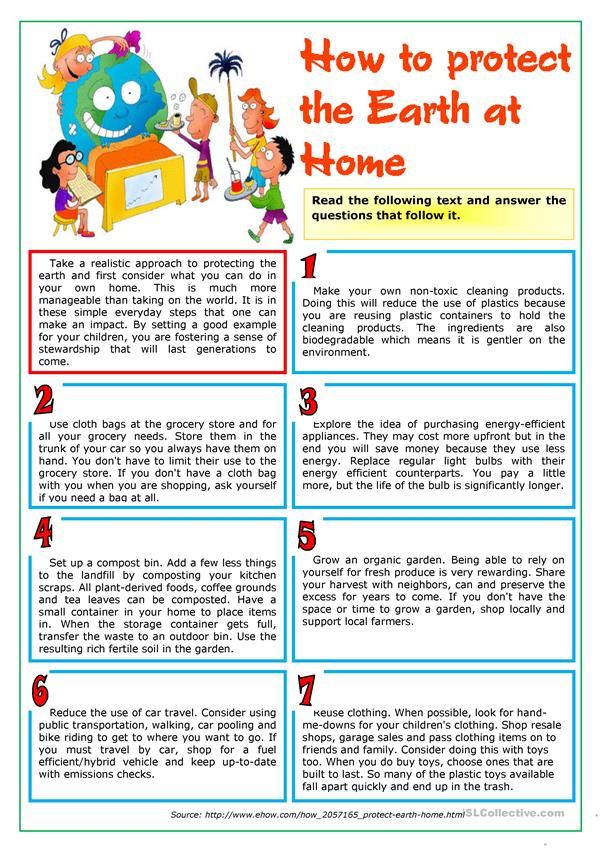
Number of children supported in one family - in this case, the amount of maintenance for subsequent children is reduced by 15 percent compared to the amount of maintenance for the first child. The amount of maintenance is not reduced in the case of twins/twins and in the case of children with a difference in age of more than three years. nine0015
Family allowances - as compared to the past, the law clearly states that the parent is not obliged to support the child to the extent that the needs of the child can be met by the child allowance and the allowance for a large family. If the benefit claimant receives these benefits, half of the benefit is deducted from the allowance for each child. However, if the recipient of the benefit is a payer, this amount is added to the alimony.
Child living together - if the child lives with the parent who pays support for an average of at least 7 days per month per year, the amount of support is reduced in proportion to the time spent with the obliging parent. Therefore, if the child lives equally with both parents, maintenance can only be collected if this is due to the greater needs of the child, a significant difference in the income of the parents, or an uneven distribution of expenses related to the child between the parents. nine0015
Therefore, if the child lives equally with both parents, maintenance can only be collected if this is due to the greater needs of the child, a significant difference in the income of the parents, or an uneven distribution of expenses related to the child between the parents. nine0015
Example:
The child lives with the mother, stays with the father for an average of 10 days per month, and a child allowance of 60 euros is paid into the child's mother's bank account. The minimum allowance per child is 70.43 euros.
Base amount: 200 euros 3% of the average salary for the previous year: the average gross salary in 2020 was 1448 euros per month, of which 3% is 43.44 euros.
Family allowances: half of the child allowance is deducted from the parent's maintenance obligations (60/2=30), so the maintenance amount is 213.44 euros (243.44-30). nine0045 Co-habitation: If the child lives with the supporting parent between 7 and 15 days per month, the amount of support may be further reduced according to the number of those days.